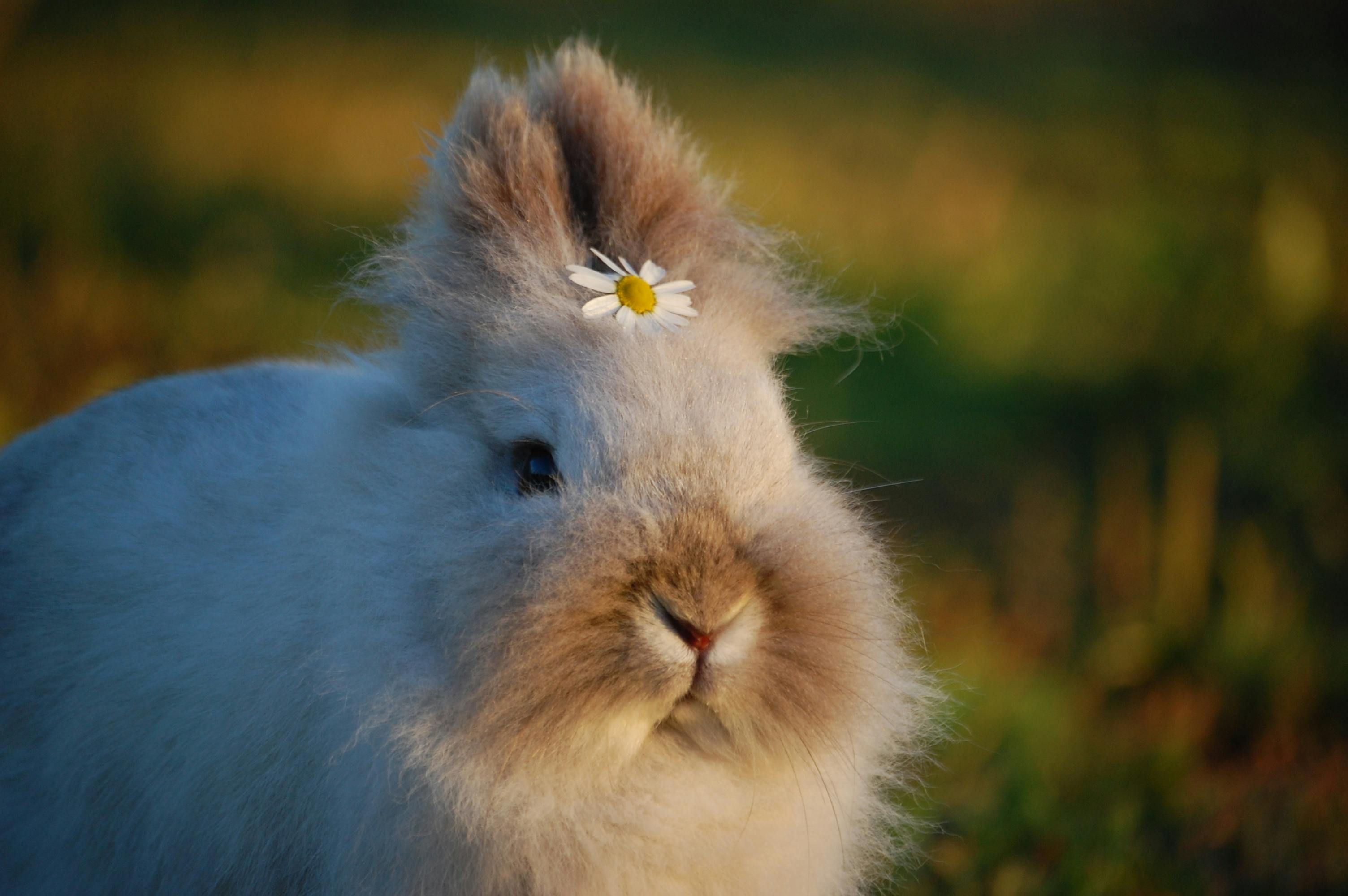While an entire book could be written on how cats communicate with just their vocal cords, this short article focuses more on breaking down cat body language. You can gauge a lot about a cat’s mood and intentions just by looking at the position and movement of its tail and the arrangement of its ears.
What a cat’s tail says about its state of mind
While it’s a common expression that the eyes are the windows to the soul, paying attention to a cat’s tail is the best way to spot the animal’s motives. By observing the position and movement of your cat’s tail, you can distinguish between a happy cat and a neurotic one.
An upward angled tail indicates that it is alert. If the hairs on the tail are relaxed, the cat indicates that he is feeling confident or relaxed. If the tail hairs spread out like a pipe cleaner, then the cat feels threatened and should be left alone.
A tail curled around another body indicates friendship with that animal or person. A tail that is hidden from view indicates caution and anxiety.
A rapidly wagging tail indicates a very different state of mind than what people expect from a dog. If the tail hits the ground in quick succession, this is a sure sign that the cat is becoming irritated. If the tail moves slowly from side to side, the cat is not sure about something and is looking to examine it with confidence.
What a cat’s ears say about its mood
The position of a cat’s ears is just as important to understanding the cat’s mood as its tail.
If your cat’s ears point forward, it’s a good sign that she’s in a good mood and may want to play.
If your cat’s ears stick up, it’s probably alert. This gesture will usually be combined with the cat standing up to better react to surprises.
If your cat’s ears are back, leave them alone. A cat displaying this type of gesture will likely growl or even hiss if repeatedly disturbed.
If your cat’s ears are to the side, the cat is just nervous and should be approached cautiously.
If you see a cat with its ears pointed back and also flattened against its head, it is a cat that is ready to take down if approached. He only thinks; if a cat is putting his ears to his head, then he is not really willing to listen to what you have to offer him. Measuring this in a Scottish Fold is a bit more complicated, but not entirely impossible.
Another behavior that is almost instinctive for cats is the desire to chase after movement. If you see a cat fixing its eyes on something and appearing to rock its entire body back and forth, flattening its ears, dilating its pupils, and slightly wagging its tail, the cat is ready to pounce on whatever it sees. If the cat seems to be fixated on a hand or something else you’d rather not scratch or bite, the best response is to simply freeze the motion; this will get the cat out of instinct for him.
